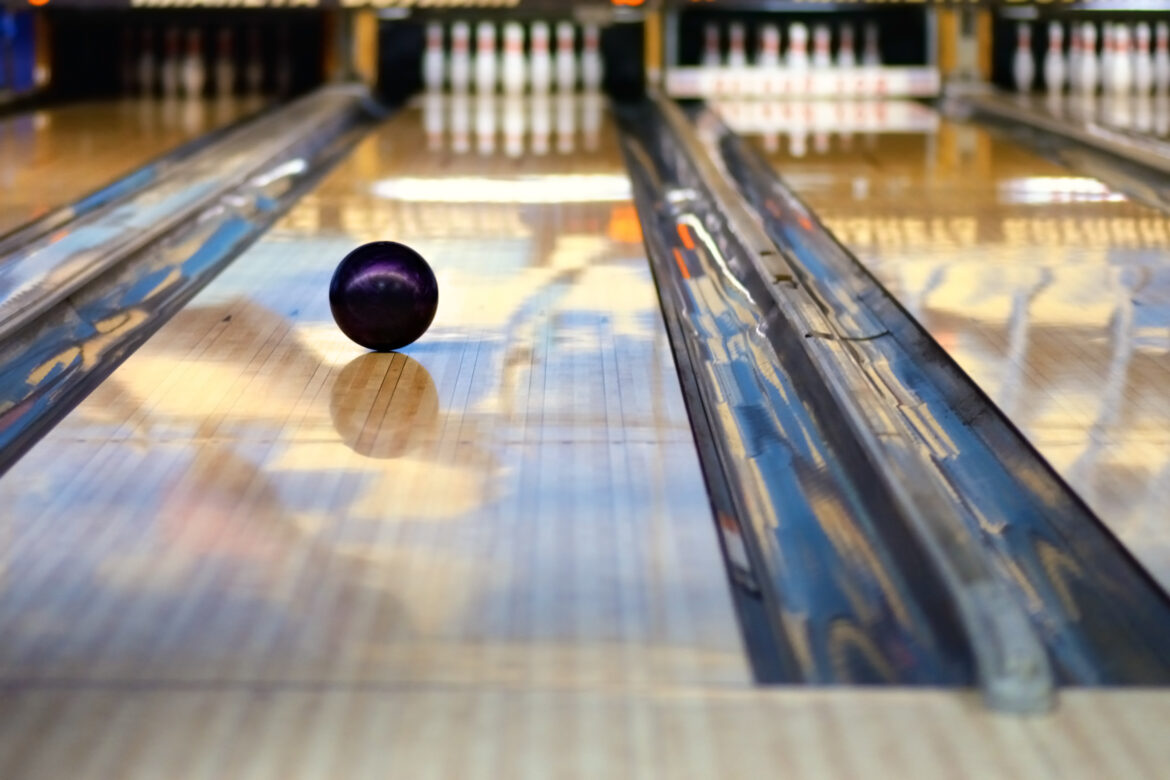By far the best measure of the soaring popularity of bowling is the fact that it is played by around 90 million people across 90 nations in the world. The sport has come a long way since the introduction of its first standardized rules in New York in 1895. While historical records suggest that it was played in various parts of the world in various forms in the past, the introduction of the set of rules made it fair and more competitive.
One of the most important constituents of this set of standardized rules dealt with the dimensions of the bowling lane, i.e., the straight, narrow surface on which the sport is played. Interestingly, the lanes wherein the bowling ball is rolled onto the pins are also referred to as the bowling alley. However, the term ‘bowling alley’ is also used for the structure which houses the bowling lanes, and that can result in some confusion at times. So, just to be clear, when we say bowling alley, we refer to the bowling lanes and not the structure.
how long is a bowling lane
In sports, the basic knowledge of the playing area, especially the dimensions of the same, is helpful for players; bowling is no exception. Being aware of bowling lane dimensions and other important aspects, such as the lane arrows and approach dots, can help you master the game with ease.
Length: The bowling lane measures 60 ft., i.e. 18.29 m, from the foul line to the first pin. The person who bowls is expected to cover this distance, without crossing the foul line, and hitting the target on the other side of the lane.
Width: Its width, according to the guidelines set by the International Bowling Federation, is 41.5 in., i.e. 1.05 m. The combined width of the lane plus gutters should not be less than 60 in., or more than 60 1/4 in.
Lane Arrows: Lane arrows, also referred to as guide arrows, are meant to guide you when releasing the ball. This set of arrows is located at a distance of 15 ft., i.e. 4.57 m, from the foul line.
Approach Dots: Like the lane arrows, the lane is also marked with two sets of approach dots to guide you. The first set of dots is marked at a distance of 12 ft., i.e. 3.66 m, and the second at 15 ft., i.e. 4.57 m, from the foul line.
Lane Approach: This is an area measuring 15 ft., behind the foul line, where the player can make a start and move towards the bowling lane to release the ball.
Another important aspect about the bowling alley you should know is the area wherein oil is applied to the lane to protect its surface. This extends from a distance of 4 in. from the foul line to 38 ft. down the lane.
You can also own a bowling alley at your home, but that is only if you are ready to shell out a fortune for this costly investment. Home bowling alleys are generally similar to standard alleys, however, you can customize them as per your specifications to suit your taste.
Over the last few years, bowling has come a long way to become an important source of entertainment. If the trend continues, the time is not far when the world will be divided into two groups―those who love bowling and those who don’t.
A bowling lane is a long straight rectangular alley with two gutters along the side for bowling balls. At the front of the lane is the approach area with a foul line that cannot be passed. Flanking the middle of the lane are gutters or channels. At the end of the lane is the bowling pit which contains the bowling pins as well as any bowling pin machinery. Most bowling lanes are grouped together inside a bowling alley and are built of long waxed and polished wooden boards with guide dots and arrows for aligning the bowling ball.
Bowling Lanes have a length of 60’ (18.29 m) to the center of the front pinhead and lane width of 41.875” (106.36 cm). The overall length of the Bowling Lane with back service area and front approach area is 86.5’ (26.36 m) with a width of 60” (1.52 m). Bowling gutters have a width of 9.25” (23.5 cm) and a depth of 1.875” (47.6 mm). The approach area is typically 15’ (4.57 m) long.
How do you score bowling?
You score points by rolling the bowling ball down the lane and hitting any of the 10 pins, each pin is one point and the more you hit than more points you acquire. You could also not gain points by rolling the bowling ball into the gutters on the side of the bowling lane.
How long is a bowling lane?
Measuring from the foul line to the headpin: 60 feet (18.29 m) long and 42 inches (110 cm) wide not including the gutters on both sides. You also have 15 feet (4.57 m) of waiting/bowling surface before the foul line to prepare the next turn.
When was bowling invented?
A form of bowling can be traced back to 3200 BC in Egypt. A closer form of today’s game originated 2000 years about when roman soldiers were documented throwing rocks at larger skinnier rocks to see who could hit the most.

